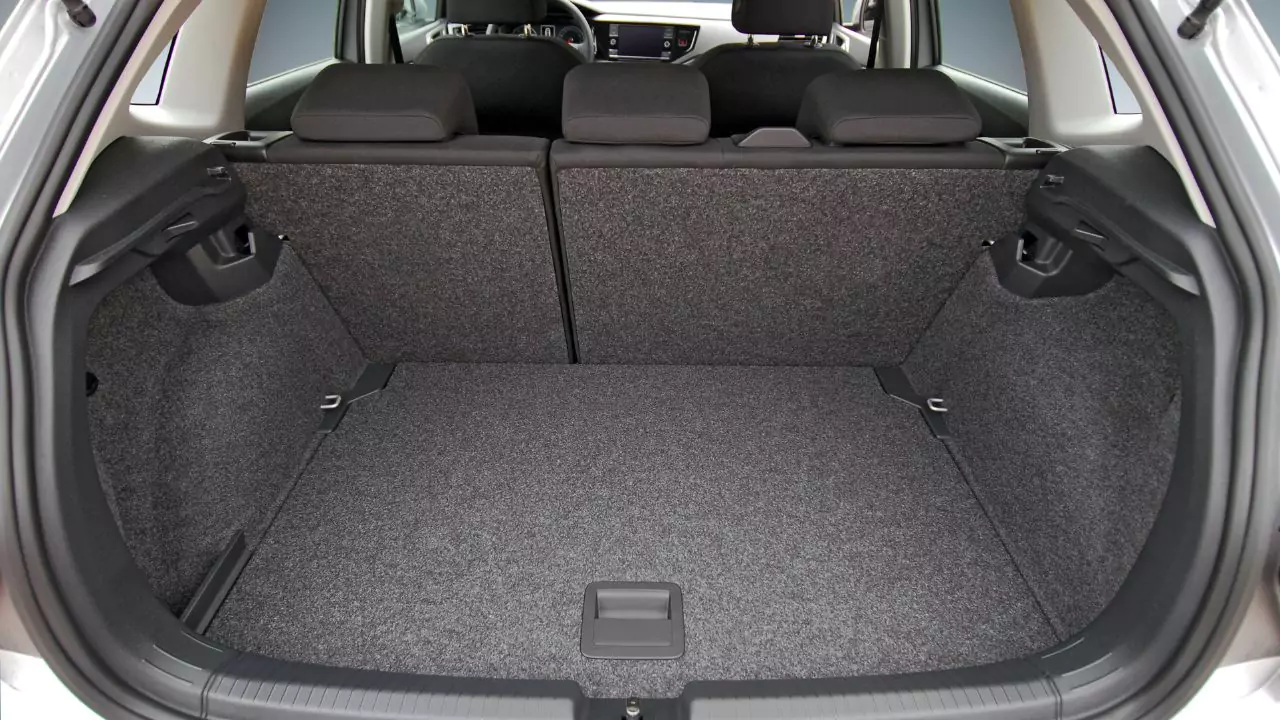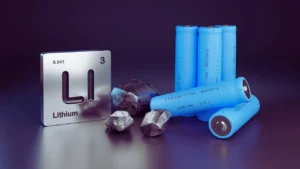Keeping an amplifier cool in the trunk of a car is crucial to ensure optimal performance and longevity of the equipment, especially during long drives or in hot weather conditions.
One effective method is to install an amplifier cooling fan that pushes hot air out of the trunk, preventing heat buildup around the amplifier.
Additionally, using thermal adhesive tape to attach heatsinks or cooling fans securely to the amplifier or its surroundings can enhance heat dissipation.
It’s also important to consider improving ventilation in the trunk by allowing airflow around the amplifier and avoiding tight crevices that may obstruct airflow.
The Importance of Cooling Amplifiers in a Sealed Trunk
Several factors make cooling crucial for amplifiers in a sealed trunk:
- Sources of heat for car amplifiers: Amplifiers generate heat during regular operation due to the power they handle. This heat dissipation is essential to prevent overheating. Imagine a car engine – it produces a lot of power, but it also generates a lot of heat. That heat needs to be expelled to prevent the engine from seizing. Amplifiers function similarly.
- Potential risks of overheating: An overheated amplifier can shut down to protect itself, leading to frustrating audio interruptions mid-song. Imagine your music cutting out right at the climax of your favorite track – frustrating, right? In extreme cases, prolonged overheating can damage internal components, leading to costly repairs or replacements. Think of it like forgetting to turn off your oven – eventually, something might burn.
- Impact on performance: Excessive heat can affect an amplifier’s performance in two ways. First, it can reduce sound quality. Imagine your favorite song sounding distorted or muffled – not ideal. Second, it can reduce the overall power output of the amplifier. Imagine your speakers sounding weak and lifeless – again, not what you want from your sound system.
Methods for Cooling Amplifiers in a Sealed Trunk
Here are some effective methods to keep your amplifier cool in a sealed trunk:
- Forced-air cooling: This involves creating a path for cool air to enter and hot air to exit the trunk. You can achieve this by strategically placing vents or grilles in the trunk lid or rear deck. Think of it like creating a mini air circulation system specifically for your amp.
- Thermal adhesive tape: This specialized tape conducts heat away from the amplifier’s hot surfaces and transfers it to cooler parts of the trunk, like the metal body panels. Imagine sticking a special heat-conducting patch on your amp to distribute the heat throughout the trunk, like spreading butter on toast.
- Use of a cooling fan: Installing a cooling fan directly onto the amplifier is a popular option. Choose a fan with a size and airflow rating suitable for your amplifier’s heat output. The fan should be positioned to draw cool air in and blow hot air away from the amp’s heatsink. Think of a miniature air conditioner specifically for your amp, constantly flushing it with cool air.
- Proper installation and air space: Ensure your amplifier is mounted on a solid surface with ample air space around it. Don’t enclose it in tight compartments or bury it under objects. This allows for natural heat convection and passive cooling. Imagine placing your amp on a shelf with plenty of room around it, allowing air to circulate naturally.
Other Considerations for Reducing Amplifier Heat
Beyond specific cooling methods, consider these practices to minimize heat generation in your amplifier:
- Using a quality amplifier: A well-designed and efficient amplifier will generate less heat compared to a lower-quality model. Think of a high-performance engine – it produces the same power but runs cooler due to better engineering.
- Not mounting upside down: Some amplifiers have heat sinks designed for specific airflow. Mounting them upside down can disrupt this airflow and trap heat. Imagine a computer CPU fan – it only works properly when positioned correctly. The same goes for your amp’s heat sink.
- Regular maintenance and cleaning: Dust buildup on the amplifier’s heatsink can hinder heat dissipation. Regularly clean the heatsink with compressed air to maintain optimal cooling performance. Think of cleaning dust out of your computer vents – it improves airflow and keeps things cool. The same principle applies to your amp’s heat sink.
By implementing these methods and considerations, you can ensure your car amplifier stays cool in your sealed trunk, preventing damage, maximizing performance, and keeping your tunes pumping for those long drives!





